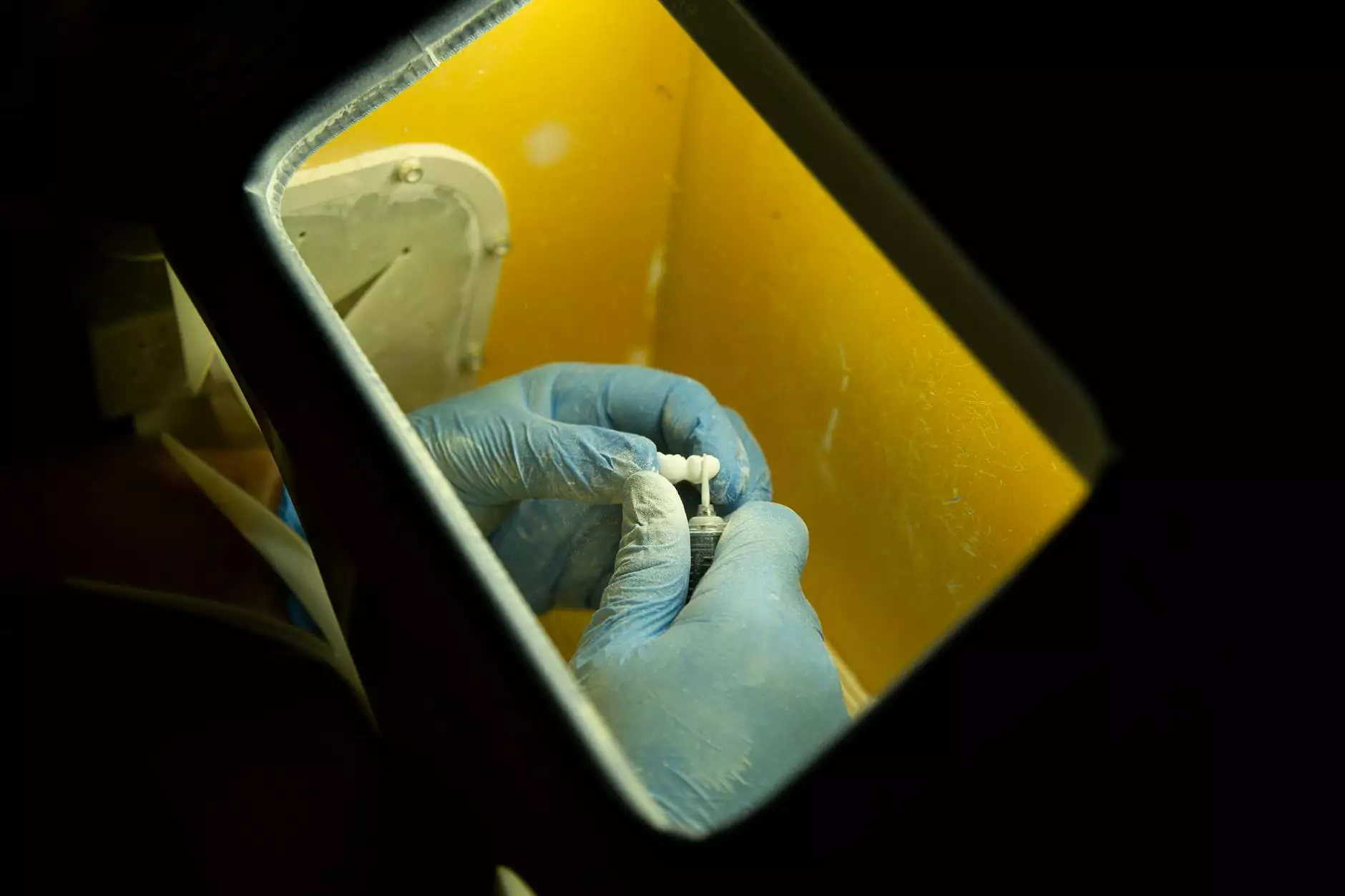Understanding Period Clots: What You Need to Know

Period clots can often be a source of concern for many individuals who experience them during their menstrual cycles. These clots, which can vary in size and texture, can lead to questions about menstrual health and what they mean for your overall well-being. In this article, we will delve deep into the subject of period clots, exploring their causes, implications, and when it's essential to consult a healthcare professional, especially in relation to the services provided by Dr. Seckin, a distinguished expert in the field of women's health.
What Are Period Clots?
During menstruation, it is normal for the body to expel tissue that was prepared for a potential pregnancy. This tissue can sometimes coagulate, forming what we recognize as period clots. These clots can vary in color, from bright red to dark brown or even black, depending on how long the blood has been in the uterus and how exposed it is to oxygen.
Characteristics of Period Clots
Period clots can differ significantly from one person to another. Here are some common characteristics:
- Size: Clots can be as small as a dime or as large as a golf ball. Larger clots are more likely to be a concern.
- Color: Fresh blood is usually bright red, while older blood may appear darker, often brown or even black.
- Texture: Clots can be jelly-like or firm. The texture can indicate how long blood has been pooled in the uterus.
Common Causes of Period Clots
Understanding the causes of period clots is essential for assessing menstrual health. Here are several common reasons:
1. Hormonal Imbalances
Hormonal fluctuations, particularly involving estrogen and progesterone, can lead to changes in menstrual flow and clotting. An excess of estrogen may thicken the uterine lining, resulting in more significant shedding during menstruation.
2. Uterine Fibroids
These noncancerous growths in the uterus can lead to heavier periods and larger or more frequent clots. Women with fibroids often report increased pain and discomfort during menstruation.
3. Polyps
Uterine polyps, similar to fibroids, can lead to abnormal bleeding and increased clot formation. They may be associated with hormonal changes and can sometimes be removed surgically.
4. Adenomyosis
Adenomyosis occurs when tissue similar to the lining of the uterus grows into the uterine wall. This condition can lead to painful periods and an increased number of clots.
5. Miscarriages
In early pregnancy, a miscarriage can occur, and the body may pass blood clots as it expels pregnancy tissue. If you suspect a miscarriage, it’s crucial to seek medical attention immediately.
6. Intrauterine Device (IUD) Use
Certain types of IUDs can make menstrual periods heavier, leading to increased clotting. If you experience significant changes in your menstrual cycle after IUD insertion, consult with a healthcare professional.
When Are Period Clots a Cause for Concern?
While period clots can be normal for many individuals, certain signs may indicate that medical attention is needed. It's essential to pay attention to the following:
- Large Clots: Consistently passing clots larger than a quarter may warrant a consultation.
- Severe Pain: If you experience intense pelvic pain along with heavy bleeding, this could point to an underlying issue.
- Heavy Bleeding: If you find yourself needing to change your pad or tampon every hour or more, it's time to seek help.
- Unusual Duration: Periods lasting longer than a week or cycles shorter than 21 days should be evaluated.
Diagnostic Approach by Dr. Seckin
At Dr. Seckin's practice, individuals experiencing issues with period clots or other menstrual irregularities will undergo a thorough diagnostic process. This may include:
- Physical Examination: A detailed assessment of your menstrual history and overall health.
- Ultrasound: Imaging studies to check for fibroids, polyps, or other abnormalities in the uterus.
- Blood Tests: Hormonal assessments to determine if imbalances could be contributing to clotting issues.
- Endometrial Biopsy: In certain cases, a small sample of the uterine lining may be taken for further analysis.
Treatment Options
Upon determining the underlying cause of period clots, Dr. Seckin can recommend various treatment options tailored to individual needs. These may include:
1. Medication
Hormonal therapies, such as birth control pills, may be prescribed to regulate menstrual cycles and reduce the heaviness of bleeding. Non-steroidal anti-inflammatory drugs (NSAIDs) can also alleviate pain and reduce bleeding.
2. Surgical Options
In cases where fibroids or polyps are present, minimally invasive surgical options might be considered to remove these growths, thereby improving menstrual flow and reducing clotting.
3. Lifestyle Adjustments
Incorporating regular exercise, maintaining a balanced diet, and managing stress can positively impact menstrual health. Dr. Seckin often emphasizes the importance of holistic treatment approaches.
The Importance of Regular Check-Ups
Understanding your menstrual health is an ongoing journey. Regular gynecological check-ups are vital for early detection and treatment of any potential issues related to period clots. Dr. Seckin advocates for proactive healthcare and encourages those experiencing concerning symptoms to seek an appointment for evaluation and peace of mind.
Conclusion
Period clots can be a normal part of menstruation, but understanding their implications and when to seek medical help is crucial. With access to expert care and the appropriate diagnostic tools at facilities like Dr. Seckin's practice, individuals can take control of their menstrual health. Remember, your health is a priority, and staying informed is the first step towards maintaining it.









